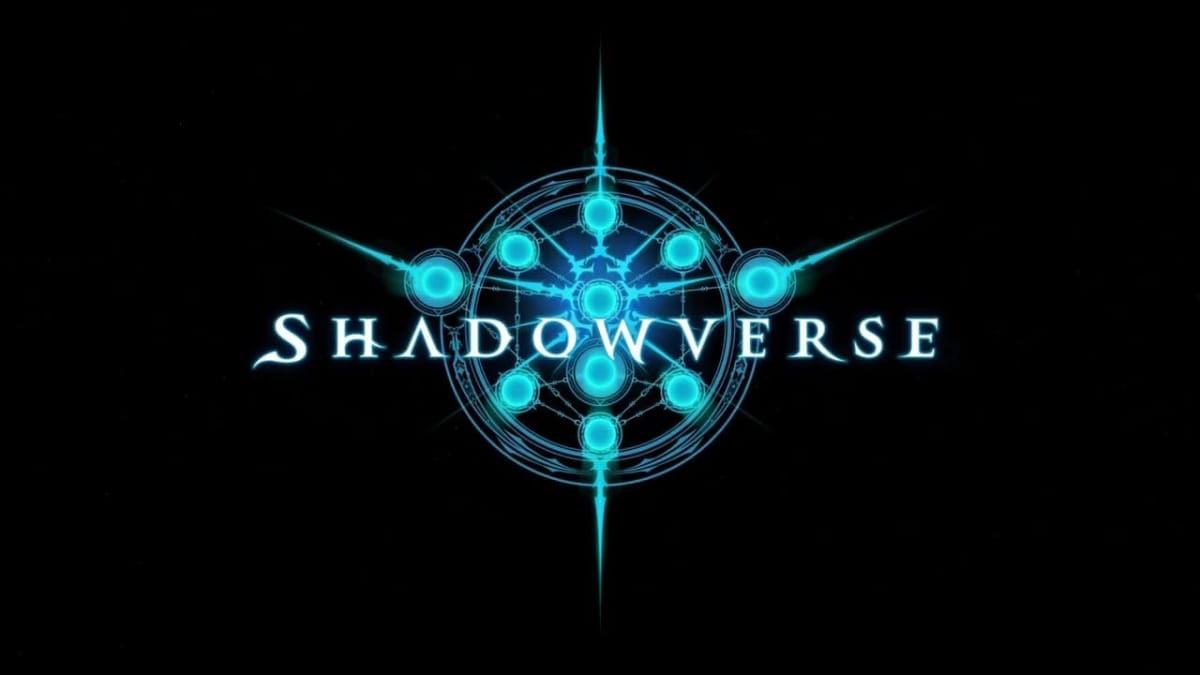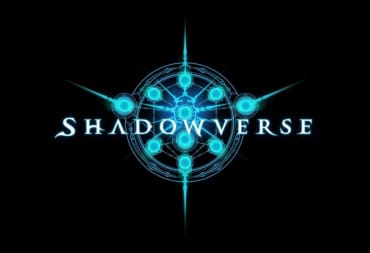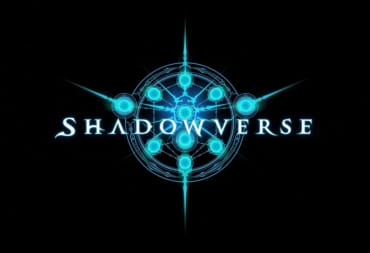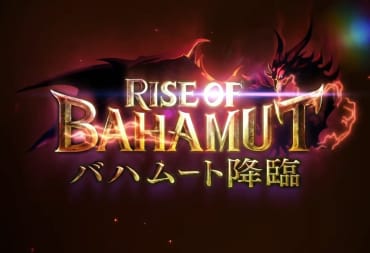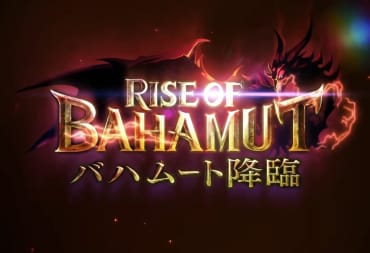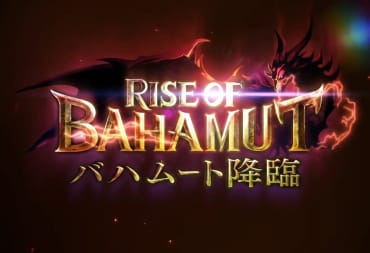Shadowverse is a popular free-to-play collectible card game from Japan that has been primarily available to play on mobile devices. With the game recently released on Steam and a new set coming by the end of the year (according to TechRaptor's interview with Shadowverse development team Cygames), TechRaptor staff have decided to create a series of competitive primer articles focusing on familiarizing new players with the Steam version of the game.
Much like our Magic: The Gathering competitive primer series, the Shadowverse competitive primer series seeks to introduce new players to competitive archetypes and gameplay, focusing on proven, high-ranking decks and strategies, and overall become familiar with how Shadowverse works. Our primary focus is to help players advance up the Shadowverse ladder and win competitive tournaments and eventually claim the highest game rank, the Master rank.
Shadowverse - Gameplay Basics
In this game, two players play against each other with self-constructed forty-card decks. Each deck can have at most three copies of one card, and the cards you can use in your deck are limited to what leader and class you build your deck around. Cards are divided into three subcategories: followers, the creatures you use to attack the opponent leader and their followers; spells, which have various effects such as destroying a single creature, drawing cards, or giving buffs to a follower you control; and amulets, which have various effects such as summoning followers once a specific turn timer has run down, giving static buffs to all of your followers, or restoring defense to your leader. Followers, spells, and amulets can further have "traits," which are used to determine whether they receive buffs or are drawn by the effects of cards. A players area of the board can contain a total of five followers and amulets; any attempts to cast further followers or amulets once the area is full will result in the card being wasted.Followers have two stats, attack and health, which are used to determine how much damage a follower assigns and how much damage it can take before it is dead. Unlike similar games, such as Magic: The Gathering, followers retain any damage they took after a turn ends. Like Magic: The Gathering, followers are subject to what is known as "summoning sickness"; they can't attack an opponent leader or their follower on the turn that they were played, with some exceptions. While some followers are "vanilla," having nothing other than attack and health stats, other followers can have abilities such as Storm (which allows them to attack on the turn they were played), Fanfare (effects that activate when the card is cast using play points), or Ward (opponent and their followers can only attack that follower until it's destroyed). Followers can attack either enemy followers or leaders and don't require the enemy's area to be clear of enemy followers in order to attack enemy leaders.
The turn order is randomly decided by the game software, after which both players are shown their opening hands. Both players begin with a hand of three cards and can choose any number of those cards to mulligan and redraw from their deck. The player who goes first draws one card, and the player who goes second draws two cards. Cards are cast using play points, with each player gaining one play point at the beginning of their turn and capping out at a maximum of ten play points. Empty play points are refilled at the beginning of the players next turn.
The main mechanic of Shadowverse is the ability for players to evolve their followers into stronger forms. Players gain the ability to evolve their followers on either turn four (for the player going second) or turn five (for the player going first). When a player reaches that turn they receive a number of evolution points (two for the player going first, three for the player going second), which can be spent once per turn to evolve a follower. Each evolution requires one evolution point, and once a player's evolution points are gone, they can't evolve any further followers (with the exception of certain cards that replenish evolution points). An evolved follower will typically have higher stats than its base form and can sometimes gain abilities its base form didn't possess.
A game of Shadowverse is won in one of two ways; either an opposing leader leader has zero health or a player runs out of cards to draw. Most games will primarily be won through the first win condition, although future expansions from Cygames may add cards allowing for strategies based around the second win condition.
Shadowverse - Class Description
Each class in Shadowverse has different focuses and strategies associated with it, and therefore not every class is a perfect fit for every player. Additionally, the competitive viability of each class ranges greatly. At the time of writing this article, one month before the newest, currently unnamed set releases, the top tier decks are all from the Forestcraft, Swordcraft, Runecraft, and Havencraft classes. Depending on what cards are in the new set, these classes may remain competitively viable or the meta may shift in favor of Bloodcraft, Dragoncraft, and Shadowcraft decks.We recommend that players who are just starting out focus on one class to build around and branch into a second class once they are higher ranked. This eases the difficulty of acquiring too many cards at once and having unusable decks.
Below is a brief overview of each class, which we'll cover further in future standalone articles.
- Forestcraft: If you've played Magic: The Gathering, you may be familiar with the "weenie" strategy of spamming the board with low-cost, low-strength creatures. Forestcraft works the same way, utilizing spells that put cheap-to-cast Fairies into their hand, which goes great with Forestcraft's focus on whether two Fairies were cast in a turn. If that condition is met, certain cards become much more powerful.
- Swordcraft: An aggressive class, Swordcraft focuses on "tribal" strategies, utilizing followers and amulets that grant buffs to Commander and Officer-traited followers, and overwhelming the opponent through shear brute strength.
- Runecraft: Runecraft focuses around the player controlling the boardstate through low-cost damage spells and hand refinement, with a few "utility" followers that function as late-game win-conditions. The primary mechanic of Runecraft is "Spellboost," which triggers whenever you cast a spell while you have a Spellboost card in your hand. Spellboost effects range from decreasing the play point cost of a card, to dealing more damage to an enemy follower, to creating multiple followers.
- Shadowcraft: Shadowcraft is all about shadows, building them slowly through the use of followers and spells; these shadows are used to activate "Necromancy" abilities of certain followers and spells. Necromancy automatically deducts shadows from your pool of shadows, so it's important to keep an eye on how many shadows you have available so as to not run out during a critical point in the game.
- Bloodcraft: Bloodcraft is unusual in that while other strategies seek to avoid their leader taking damage as much as possible, Bloodcraft embraces taking damage with symmetrical damage cards. Once a Bloodcraft class leader is at ten or less health, Vengeance activates, giving cards that have it as an ability extra buffs or abilities. Vengeance is a double-edged sword, however, and players who build Bloodcraft decks need to be careful not to let their health drop too low.
- Dragoncraft: Dragoncraft is the "ramp" class, playing cards that grant empty play points and curving into higher-cost cards earlier in the game. Once the Dragoncraft player has seven or more play points, "Overflow" becomes active, which grants buffs and abilities to their followers. While Dragoncraft is strong once Overflow is active, it has poor board presence in the early-game, which gives the opponent time to set up their area and control the board.
- Havencraft: Havencraft is all about "Countdown" amulets, which create followers once the specific Countdown timer has run down. To maximize these amulets Havencraft players will stall, utilizing followers with Ward, self-healing spells, and boardwipe spells to keep their opponent from gaining any advantage.
Our next article in the Shadowverse competitive primer series will focus around the challenges of a "collectible" card game and some strategies in managing your collection and getting rid of unwanted cards.
Stay tuned to TechRaptor for further news and coverage of Shadowverse.
What were your thoughts on this competitive primer? Are you interested in playing Shadowverse? Let us know in the comment section below.
Have a tip, or want to point out something we missed? Leave a Comment or e-mail us at tips@techraptor.net
